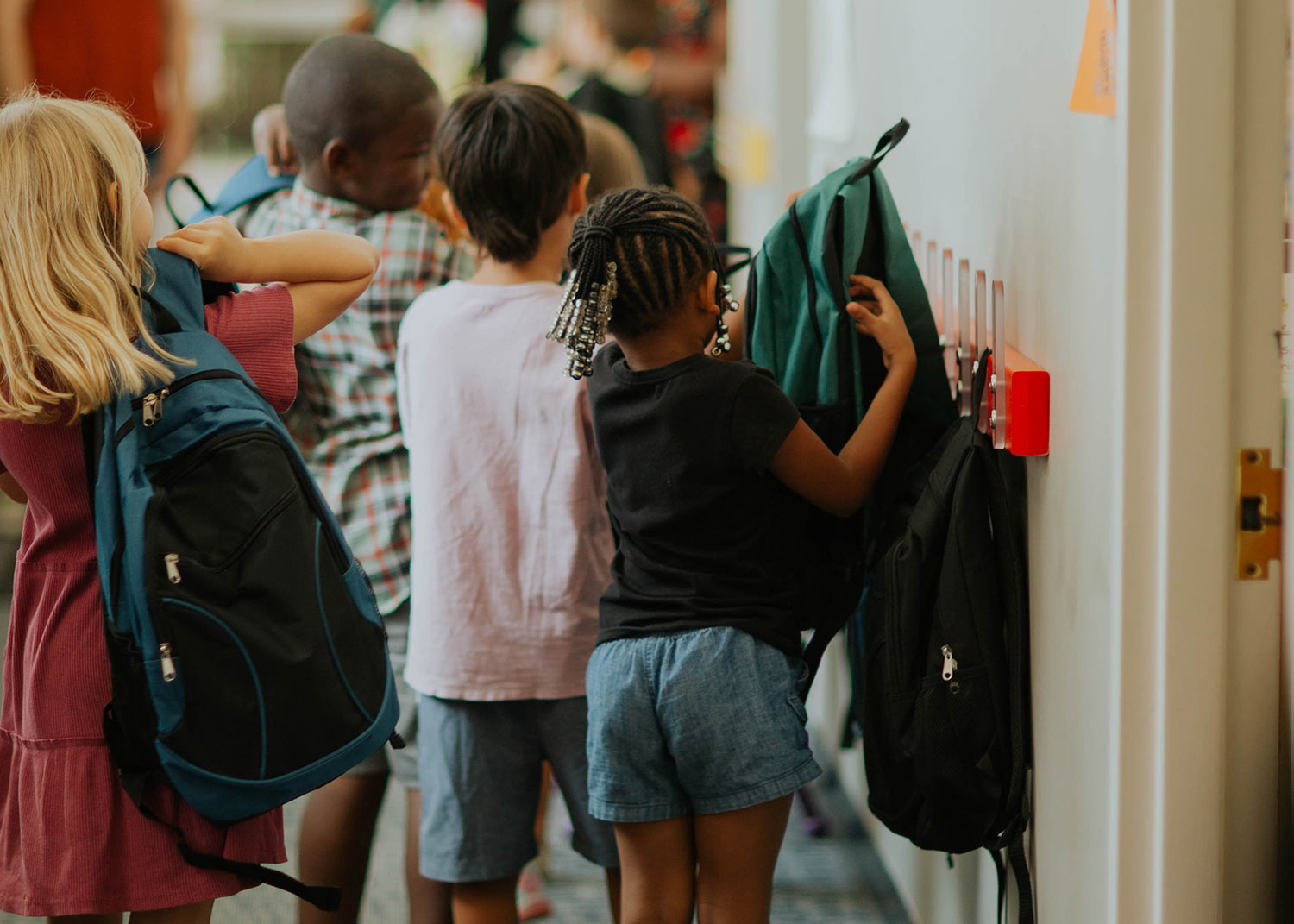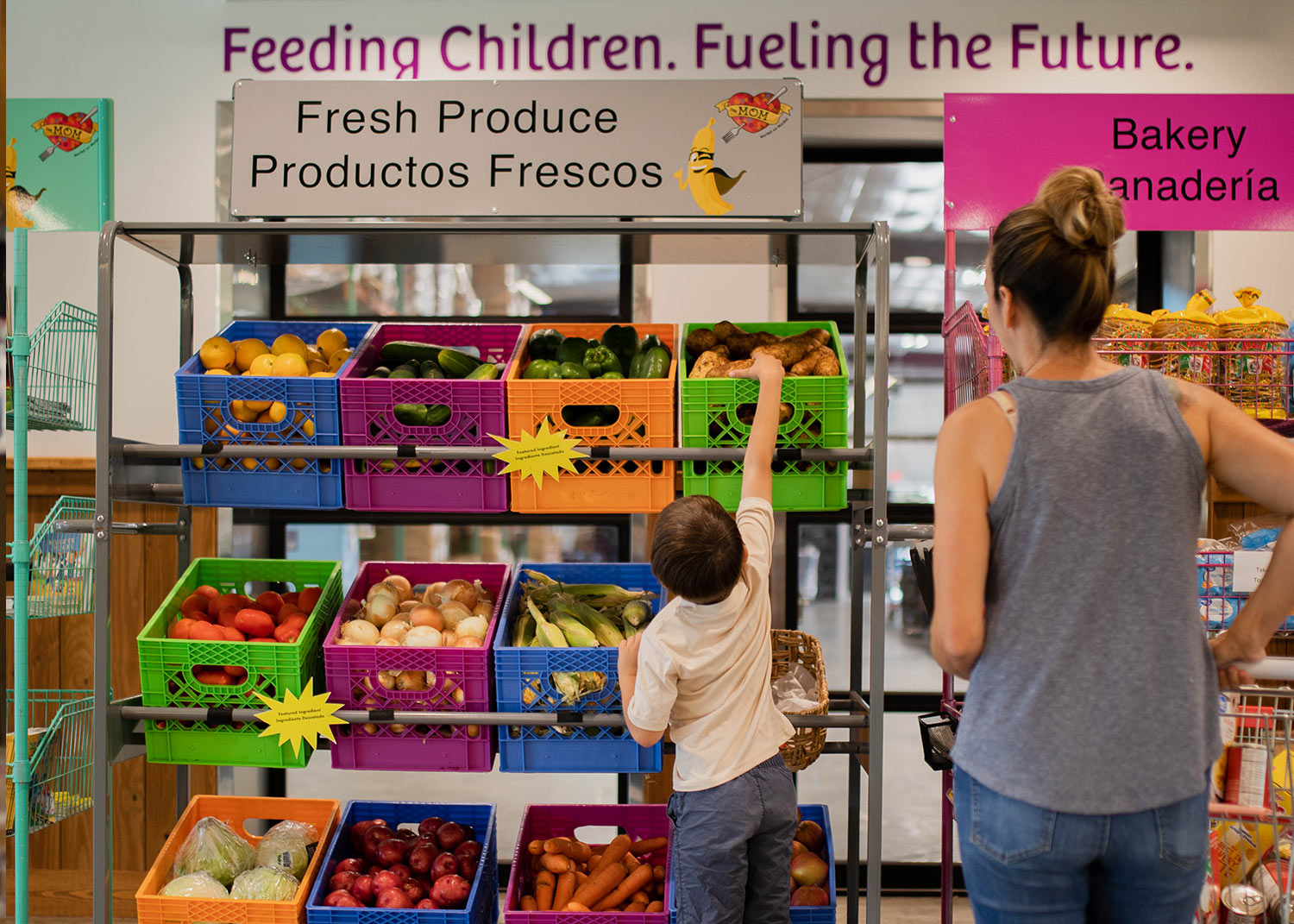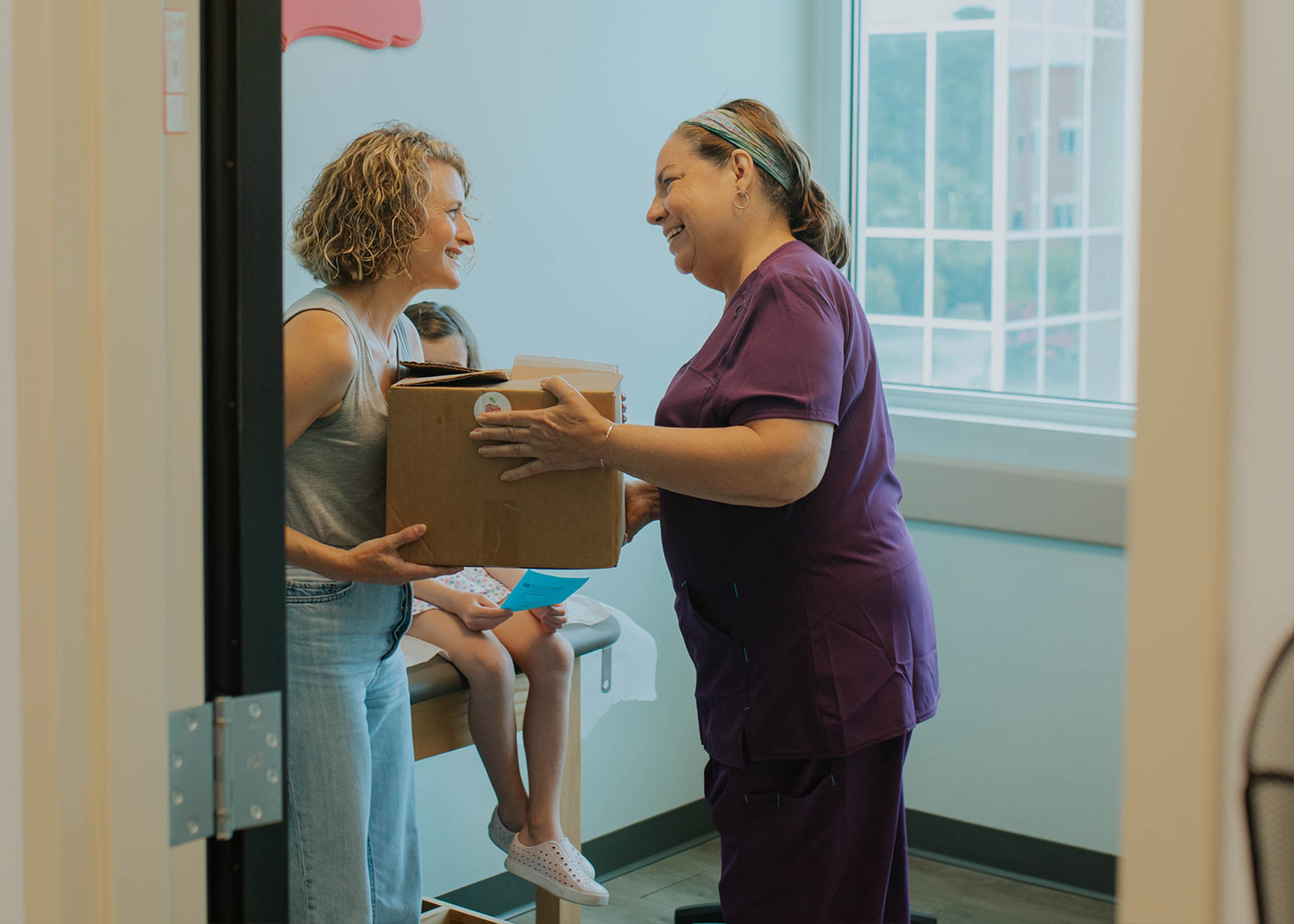Steve McCrossan, Executive Director
People often ask us how the students we feed are identified and brought to our attention. NourishNC is in constant contact with the hardworking school social workers and counselors in New Hanover County Schools. Between these communications, real-time feedback from parents, and our year-end questionnaires, we tend to see five main attributes these amazing folks use to identify and enroll children on the Backpack Program:
1) A child has been identified as homeless or “McKinney Vento”: The McKinney-Vento Act defines homeless children and youth as, “individuals who lack a fixed, regular, and adequate nighttime residence.” This method makes perfect sense. If a child is not sure where they are sleeping tonight, or where they are sleeping is inadequate, it stands to reason that they may be food insecure as well. Each week we receive multiple enrollments for children whose families were evicted, are living in hotels, or experiencing other emergency situations related to housing. Last school year, 914 children were “homeless” in NHC. Thankfully, this is down from a post-Florence high of 1,522 kids but is still an alarmingly high number.
2) A child is sneaking, stealing, or hoarding food: We routinely hear several variations of these behaviors. These children ask for seconds in the lunch line. These children attempt to fill their pockets with their classmate’s uneaten food. The one I find the most inspiring and heartbreaking at the same time is when children are doing this to bring the food home to share with hungry siblings or cousins who may be temporarily living with them.
3) A child appears tired/unfocused/agitated: You may know this as “hangry.” I am a grown man, and I am noticeably short and irritable with people if I go 6 hours without eating something. My wife keeps snacks in her purse for me and I am old enough to know better. Imagine how a child feels when they show up to school with an empty belly and don’t quite understand why they are irritable or can’t focus. A grumbling stomach is also distracting. It’s difficult to focus on new educational concepts when all you can think about is how empty your stomach is.
4) An advocate in the school sees or hears something: These advocates are typically cafeteria workers, coaches, or teachers who recommend the child for the Backpack Program. They are the eyes and the ears on the ground who notice the child is always hungry, never packs a snack, or often asks for seconds or thirds. Additionally, children who wear soiled clothing or who might wear the same clothes multiple days are referred to the Backpack Program. In other cases, school personnel has a conversation with a caregiver which results in adding their children to the program. This usually involves financial difficulty, medical issues, job loss, parental separation, and lately, quarantine due to COVID-19.
5) The student is enrolled in the free/reduced lunch program: Our Backpack Program was started for these very kids. Free and reduced lunch programs ensure children are fed during school, regardless of means to pay, but what about when they aren’t in school? 13 years ago, a group of parents heard that some kids at Carolina Beach Elementary were struggling with food insecurity over the weekends and sprang into action. With this realization, the Backpack Program was created. NourishNC and the Backpack Program are here to ensure our community’s kids show up to school happy, healthy, ready, and able to learn.



